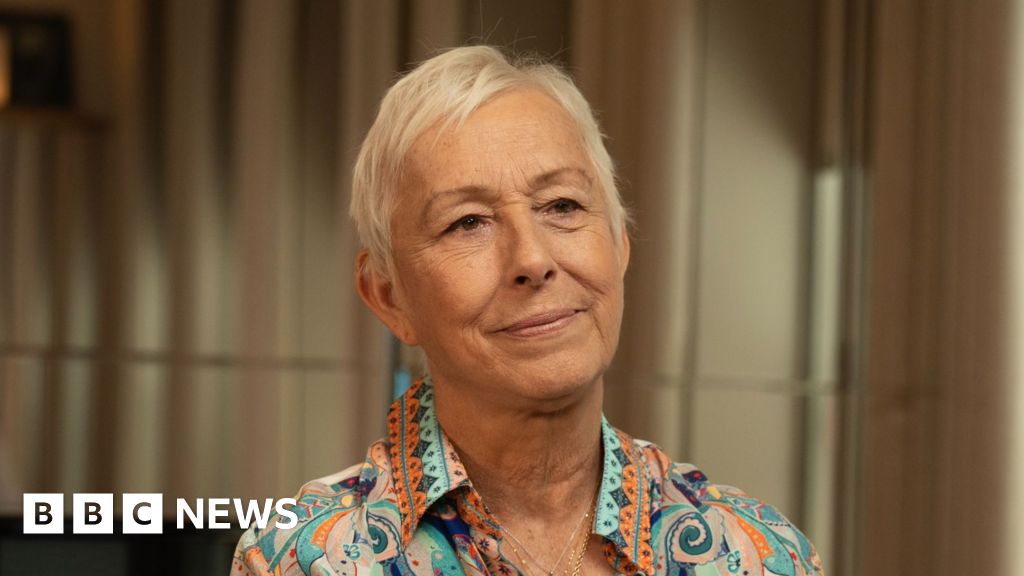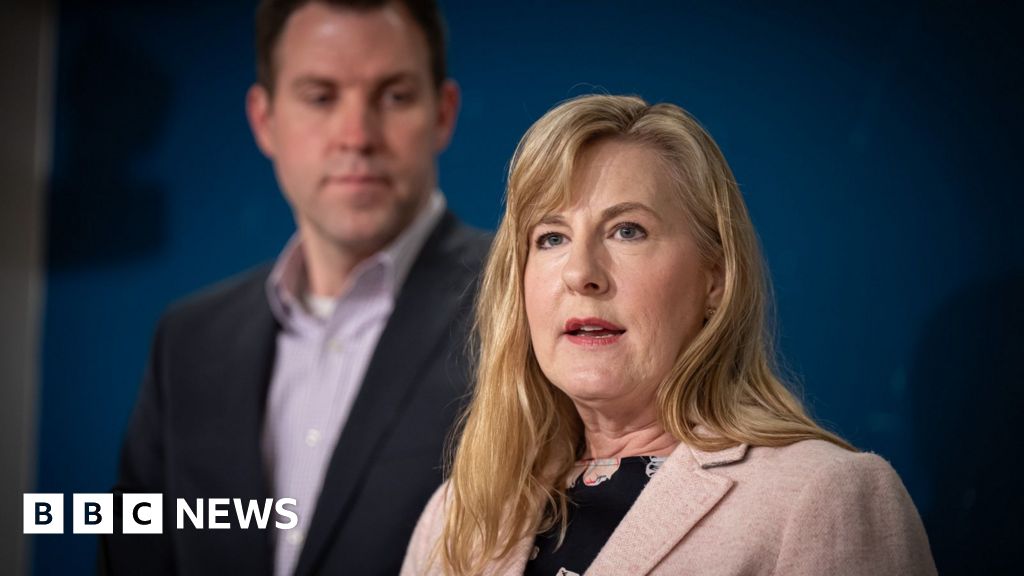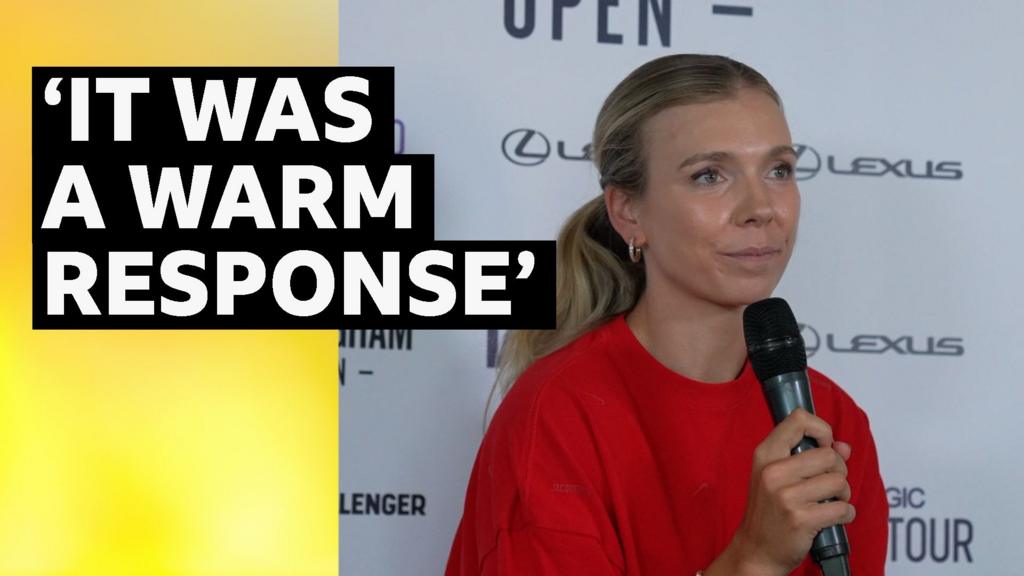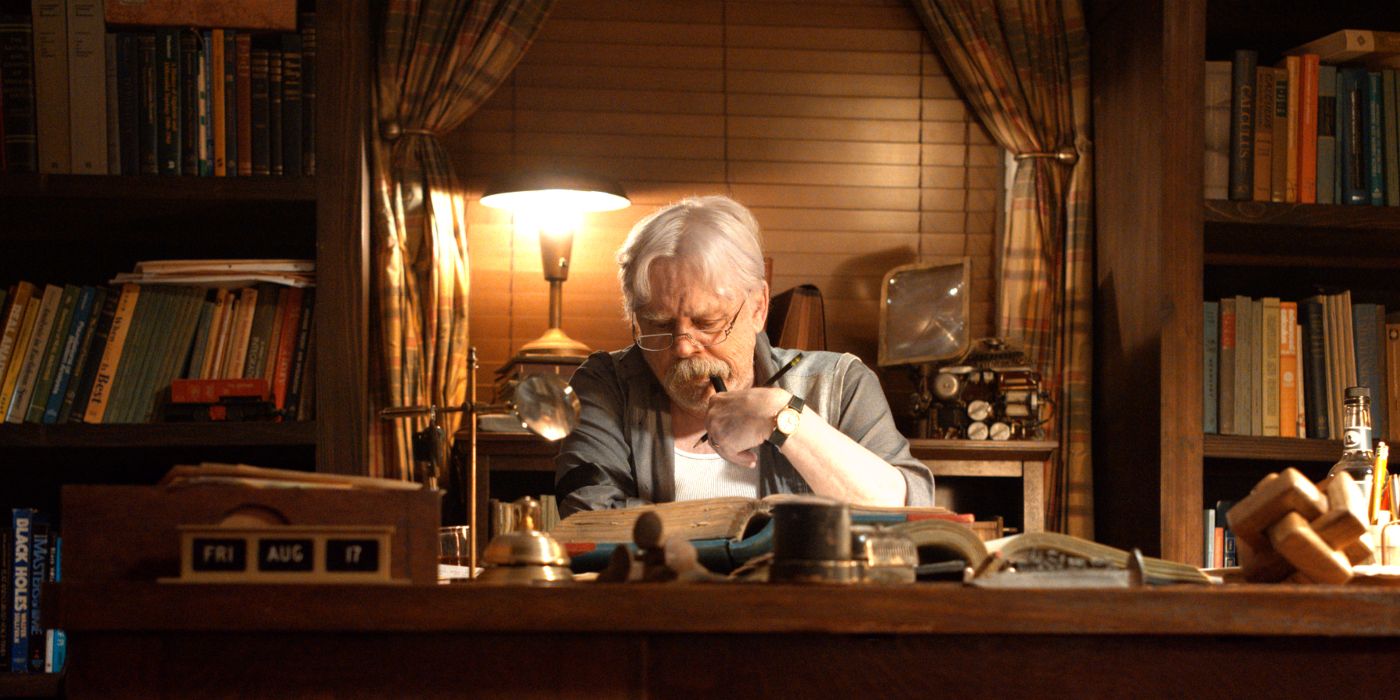How can housing companies prove sustainability?

When we talk about sustainable housing, we rarely talk about how to prove that.
The construction industry is one of the most polluting sectors on the planet. While both expensive and inefficient, it is responsible for up to 40% of global solid waste. Despite widespread talk of “green building,” real data is often hard to find. When we at Clearyst° partnered with Azure Printed Homes, which utilizes 3D printing and recycled plastic to redesign the homebuilding process, I was most interested in verifying whether the approach was truly sustainable.
The age-old saying for sustainable planning is you can only manage what you measure. We sought a method to measure impact, make it repeatable, and withstand any scrutiny. We collaborated with Azure to create its first sustainability report, using the EU Taxonomy for Sustainable Activities as our guide.
EU Taxonomy is one of the most widely recognized sustainability frameworks globally. Its framework includes six objectives—ranging from climate mitigation to biodiversity protection—and requires companies to demonstrate how their operations contribute to these objectives, do not harm others, and meet minimum social safeguards. It’s built for accountability. Therefore, we felt it was a very credible framework for Azure to lay the path for a sustainability roadmap.
The framework and findings
We applied this framework across Azure’s operations, and the findings offer a blueprint that other organizations can use to assess and improve their own sustainability efforts.
- Climate change mitigation
Mitigating climate change involves reducing emissions at every stage of a building’s life cycle—from materials to operations. Organizations evaluating their carbon footprint should examine both embedded emissions and operational energy use.
Azure’s process uses 60% recycled plastic in a zero-waste, factory-controlled environment. We evaluated all of their 3D printed homes from floor to ceiling, finding they were fully insulated and reduced operational energy use. The homes can include optional solar panels, which perform well thanks to the tight building envelope. Compared to cement and lumber construction, Azure significantly lowered their embedded carbon footprint.
- Climate adaptation
This objective considers how buildings withstand climate-related risks like storms, heatwaves and wildfires. Evaluating physical resilience is increasingly important for long-term planning and insurance.
The process involves evaluating the structures’ ability to adapt to climate issues. In this case, Azure engineers its units to endure 150-mph winds, wildfires, and earthquakes. Roofs are printed directly with the walls, so they can’t detach in hurricanes. The homes feature double-pane windows, fire-resistant coatings, and ventless cooling systems, meeting or exceeding California’s Chapter 7A code, which was designed for fire-prone zones.
- Water protection
Sustainable construction should aim to reduce water usage, especially in areas facing drought or water stress. Reviewing factory water use and in-home fixtures is a good place to start.
Traditional construction relies heavily on vast amounts of fresh water for concrete production, cleaning, and dust suppression. Azure’s process uses none. All homes are built in a dry factory environment, fitted inside with low-flow and energy-efficient fixtures.
- Circular economy
A circular approach keeps materials in use and out of landfills. Applying this lens means examining waste streams and end-of-life options for all building components.
We found that Azure’s entire structures can be recycled at the end of their life. Unlike conventional builds, there are no drywall scraps or framing offcuts. An average 2,000 square foot home build can generate up to 8,000 pounds of waste. Azure sends zero.
- Pollution prevention
Construction sites are often major sources of air, noise, and chemical pollution. Evaluating production environments and material choices can highlight opportunities to reduce exposure and environmental harm.
With Azure, factory-controlled production eliminates the air pollution typically associated with construction sites. There’s no diesel equipment, no dust clouds, no VOC off-gassing. The process relies on PETG plastic, which is selected partly because it avoids volatile compounds and shedding microplastics. Air quality in finished homes is higher than in traditional buildings.
- Biodiversity protection
Protecting biodiversity includes avoiding practices that degrade natural habitats or deplete ecosystems. This may include material sourcing, site selection, and waste management. Using recycled materials reduces demand for virgin resources.
Azure minimizes lumber use, thereby limiting deforestation risks. Also, every ton of plastic diverted from the landfill is one less threat to ecosystems.
- Social impact
While not yet part of the EU Taxonomy, social equity is an emerging area of focus in sustainability reporting. Housing, access, and affordability are all essential components of a just transition.
The Azure team collaborates with nonprofit organizations, such as Dignity Moves, to provide housing for individuals experiencing homelessness. Their units can be produced for under $20,000 in as little as one week, compared to the $600,000 price tag and six-year build time typically associated with Los Angeles or San Francisco. Housing like this doesn’t just reduce emissions, but reduces stress and restores dignity.
Next steps
The impact report wasn’t just a means to report results; it provided Azure with a strategic roadmap. We’re now prepared for full life cycle assessments and deeper emissions tracking across operations and products. We’re also exploring how this approach can support future compliance with global regulations and sustainable finance standards.
There is no shortage of innovation in housing right now, from prefabrication to bio-based materials. But innovation doesn’t mean much unless we can measure its impact. The construction industry doesn’t need more promises; it requires proof.
That’s what we set out to provide. And for companies willing to do the work, the frameworks to do it already exist.
Gene Eidelman is cofounder of Azure Printed Homes. Jamie Simon is the director of sustainability at Clearyst°.
What's Your Reaction?
 Like
0
Like
0
 Dislike
0
Dislike
0
 Love
0
Love
0
 Funny
0
Funny
0
 Angry
0
Angry
0
 Sad
0
Sad
0
 Wow
0
Wow
0































































































